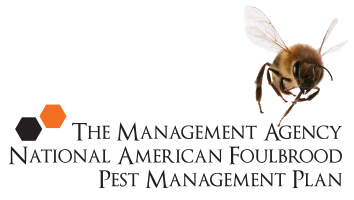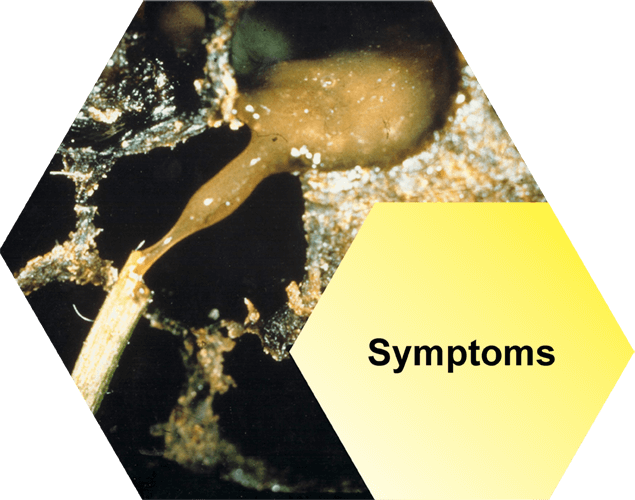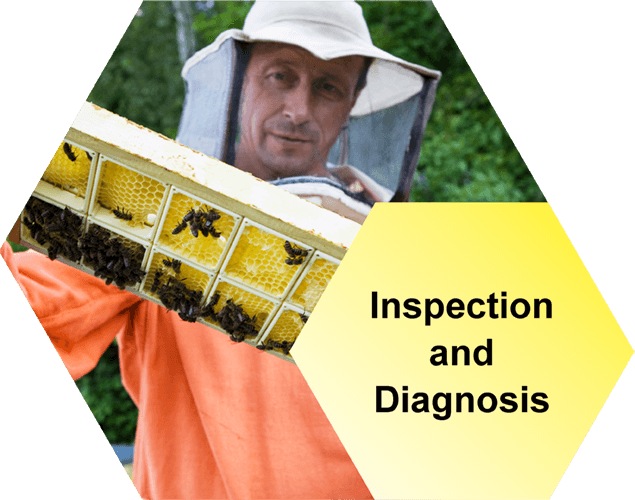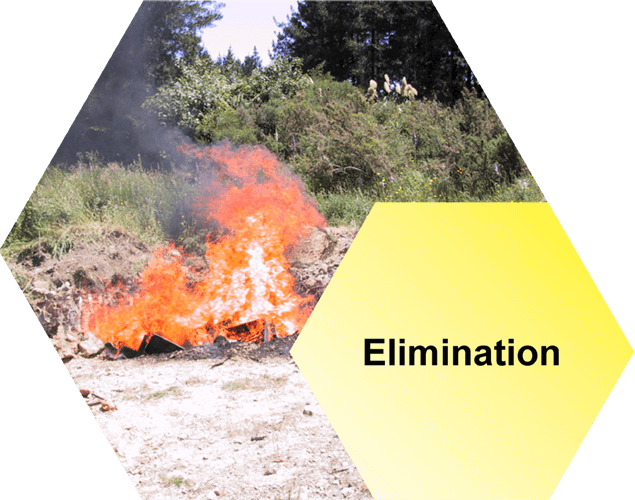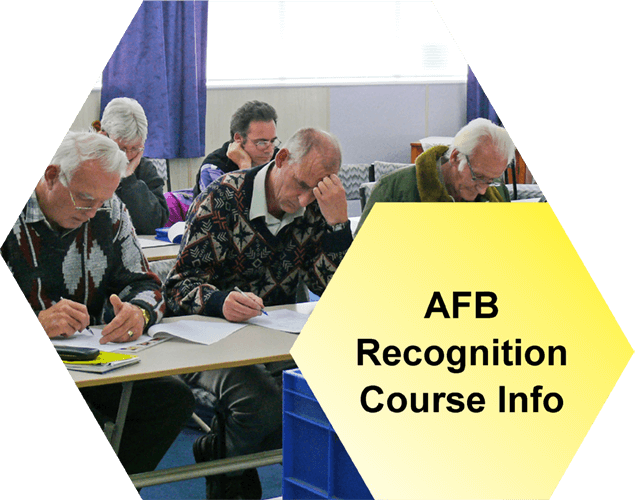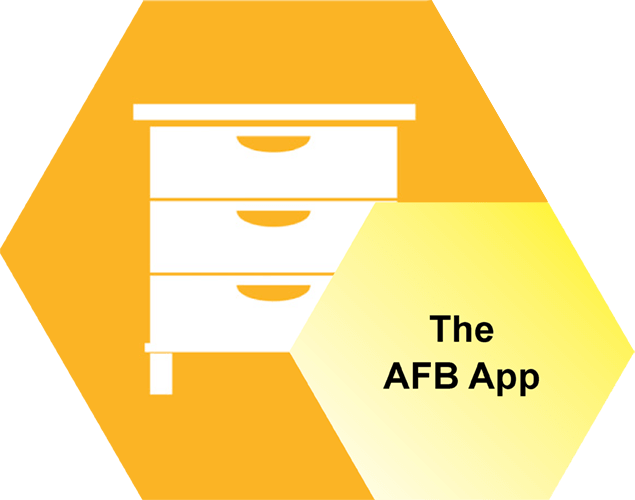Colour of Brood
Healthy versus unhealthy larvae colour
Healthy larvae and freshly capped pupae are pearly white in colour (Fig.15).
Infected larvae and pupae change from pearly white to a brown colour resembling coffee with milk (Fig.16). The distinctive coffee-brown colour is often considered a definitive symptom of AFB, although brownish-coloured larvae can sometimes be found that have died from causes other than AFB.

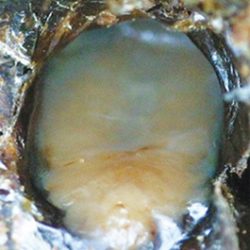
There is also a significant variation in the colour of AFB infected larvae and pupae, ranging from very pale brown to almost black. The variation depends on the progression of the disease and the degree of drying of the diseased material. After about a month, the infected larvae or pupae will dry out completely and turn totally black (Fig. 17). Dried out, infected larvae and pupae are commonly referred to as “scale”.
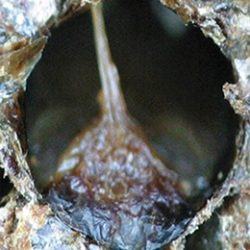
Videos
Our videos cover everything from your legal obligations to how to recognise AFB, collecting cell and bee samples and more.
Symptoms
There’s a lot of good information here, telling you everything you need to know about recognising AFB: the visual symptoms, smell of AFB and more.
Inspection and Diagnosis
Successfully eliminate AFB by telling the difference between symptoms of AFB and other brood diseases in the hive. We tell you the best methods for inspecting your hives.
The Law
New Zealand beekeepers have a number of legal obligations that must be met regarding AFB disease. Read the shortened list in summary, here.
Elimination
Most hives become infected because bees, honey or equipment have been put into a hive from another hive that is infected with AFB. Lower your chances of an AFB infection by reading this section.
AFB Recognition Course Info
Find out when the next AFB Recognition and Competency Courses, or Refresher Courses are available. These are held throughout the year in various New Zealand locations across the South Island and North Island.
The AFB App
Follow the link below to open the App. Once open to save to your device you need to bookmark the URL on your phone so you can find it easily again. Please click here to open.
